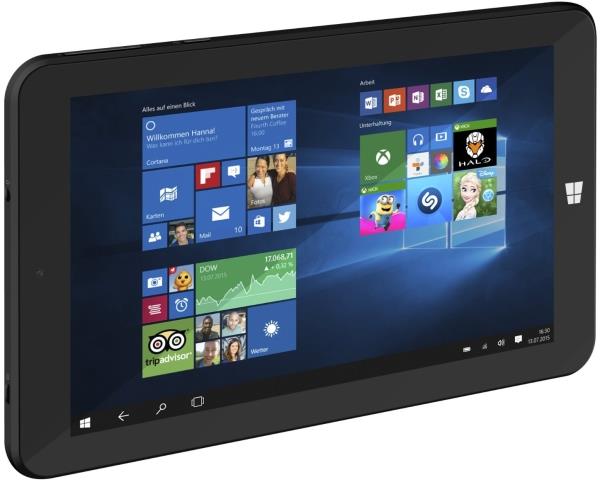

The Chuwi Hi8 tablet, the second cheapest at €78, has the most powerful cpu (the only cpu over 2 Ghz in our test field) and runs the performance tests fastest, except for the memory test which the TECLAST wins probably due to better performing memory chips. I used PRTG’s standardized cpu, memory and disk performance tests to compare the performance of the tablets: Tablet The built-in temperature sensors seem to be placed very close to the cpu in all tablets and thus are pretty much useless for environmental monitoring: even when placed outside at freezing temperatures the tablets reported 30☌.Only the Odys and the Chuwi tablets provide useful wifi connection quality data, with the two others (TECLAST and Trekstore) you either measure 100% quality or 0%.Which makes it pretty useless for monitoring in general and especially for wifi quality monitoring. Everywhere else the connection was lost every few minutes. The tablet could only connect and reliably hold the connection when I placed it in the same room as the access point. The wifi module of the Teclast is clearly inferior to the other three.All probes reported an uptime of 100% over 7 days.


After I set up the systems they all ran 24/7 without crashes, power problems or any other serious hickups. Let’s look at the details: Tablet ReliabilityĪs a general observation all four tablets did a very reliable job over the first 10 days. The two other contenders, TrekStor SurfTab wintron 7.0 (€65) and Teclast X80 Pro 8″ Tablet PC (€98) both ran into problems during the test.

The hands on experience is not as far away from an iPad as the price difference may make you think. It has the fastest processor and a brilliant display. The best choice is the Chuwi Hi8 8.0″ Tablet PC (€78) closely followed by Odys Winpad X9 (€103).īuild-quality, displays and overall experience was impressive for such a low-cost hardware. Here are my experiences of the first 10 days: Each of them was monitoring about 100 sensors in my home lan, including wifi quality and temperature. Ten days ago I started using four ultra low-cost ATOM-processor based tablets (running under Windows 10) as monitoring stations (or “remote probes”, as we call them in the context of PRTG).


 0 kommentar(er)
0 kommentar(er)
